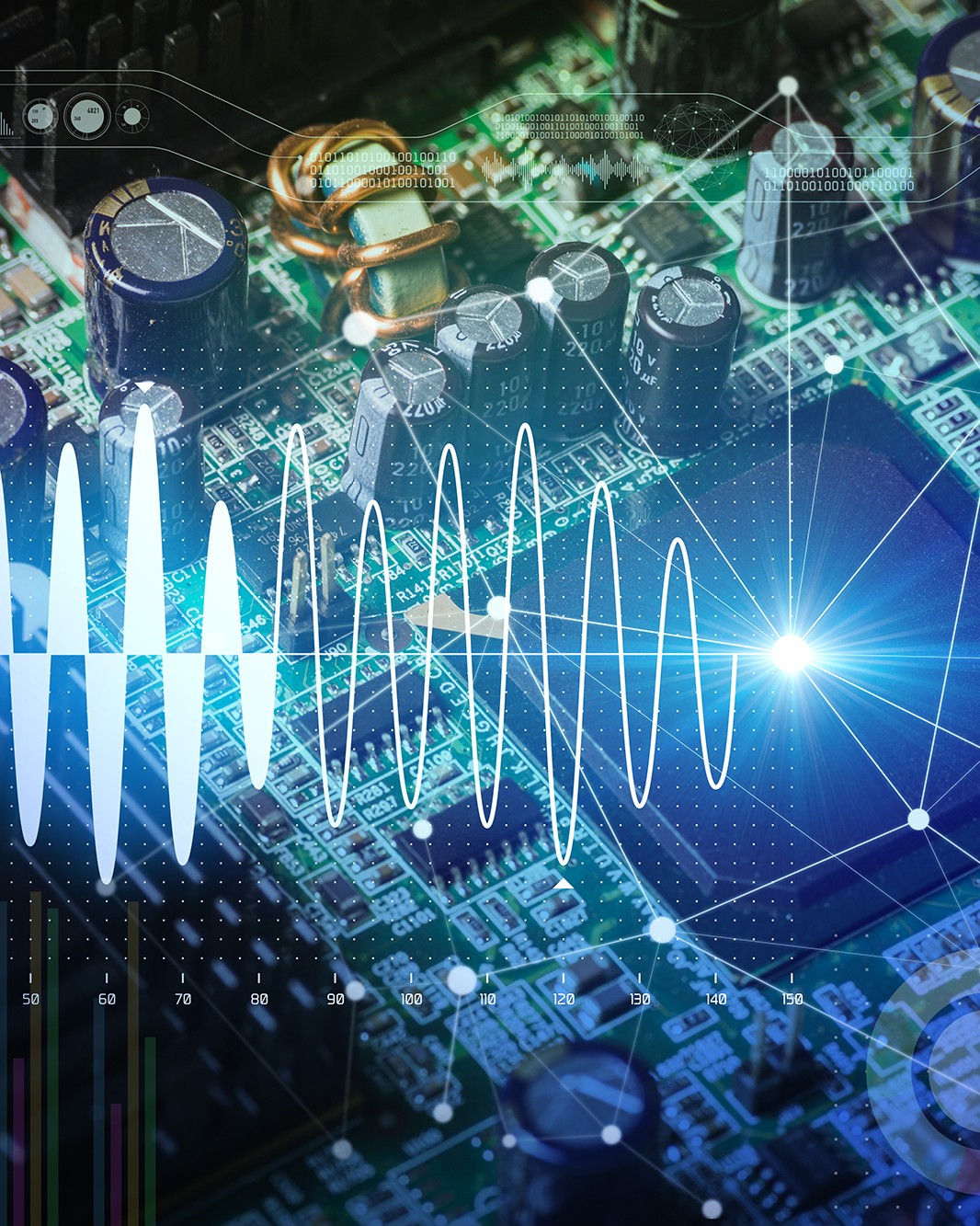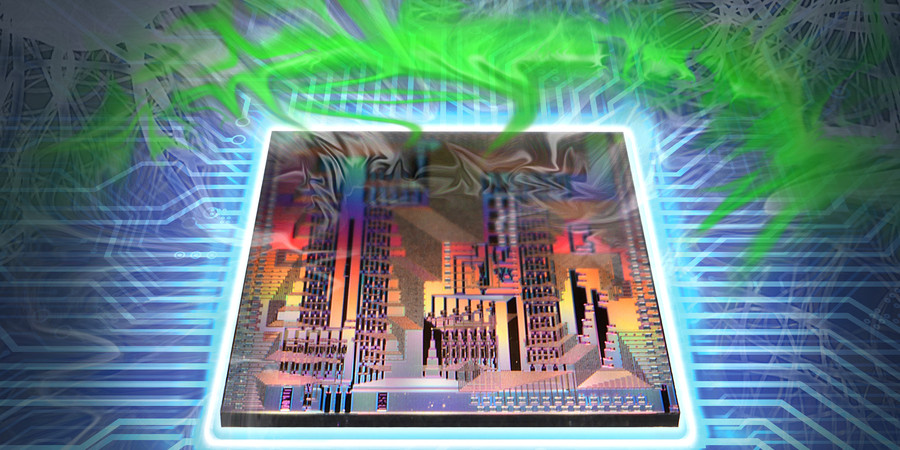Principal Investigator: Jesús del Alamo
The recent discovery of prominent ferroelectric properties of CMOS-compatible HfO2-based materials has brought new functionality to Si microelectronics in the form of a new memory technology and the potential of transistors that can operate at very low voltages. An intriguing new application of these remarkable findings is in low-energy analog synapses. The demonstration of partial ferroelectric switching following very short (sub-µs) and low-voltage (sub-1 V) pulses suggests the viability of this concept. A relevant synapse technology has to leverage the CMOS infrastructure and so it must be immersed among the interconnect layers at the top of a CMOS chip (“the back end”). This enables the design of analog AI chips that combine ferroelectric analog arrays with analog/digital interface circuits and standard digital memory. This research project investigates a new ferroelectric synapse technology based on metal oxides that is designed to be fully back-end CMOS compatible.
Explore
Photonic Processor Could Enable Ultrafast AI Computations with Extreme Energy Efficiency
Adam Zewe | MIT News
This new device uses light to perform the key operations of a deep neural network on a chip, opening the door to high-speed processors that can learn in real-time.
AI Method Radically Speeds Predictions of Materials’ Thermal Properties
Adam Zewe | MIT News
The approach could help engineers design more efficient energy-conversion systems and faster microelectronic devices, reducing waste heat.
A New Way to Let AI Chatbots Converse All Day without Crashing
Adam Zewe | MIT News
Researchers developed a simple yet effective solution for a puzzling problem that can worsen the performance of large language models such as ChatGPT.




